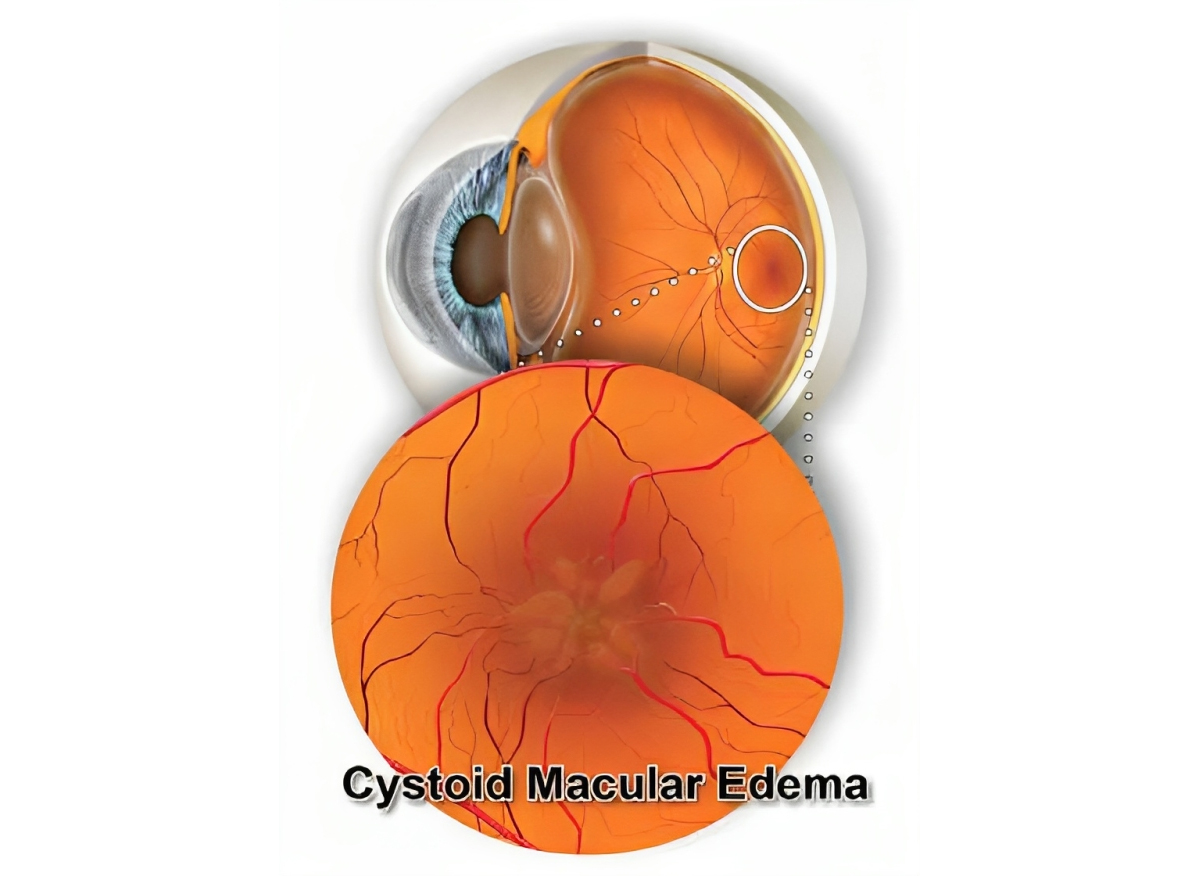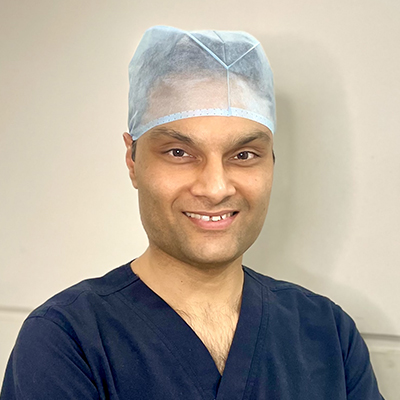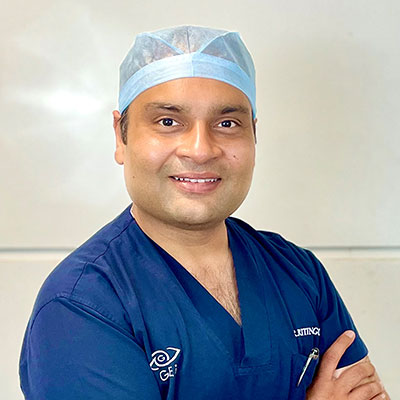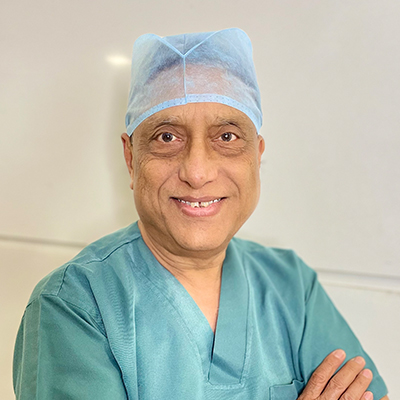What Is Cystoid Macular Edema (CME)?
It is a medical condition that affects the macula, the central part of the retina in the eye responsible for sharp central vision. It is characterized by the accumulation of fluid in the macula, leading to swelling and distortion of the central vision. It can result in blurred or distorted vision, making it difficult for individuals to see fine details or read small print.




